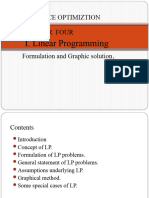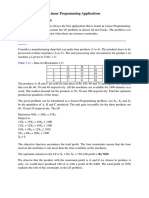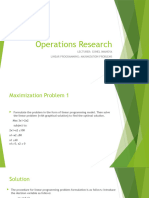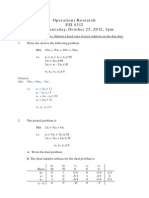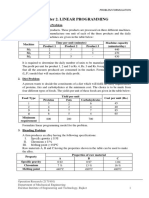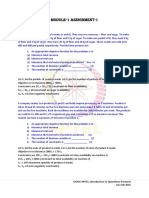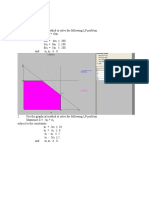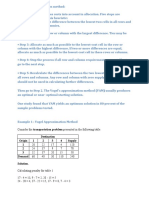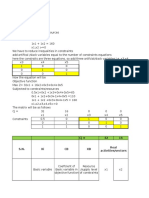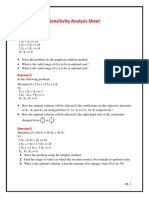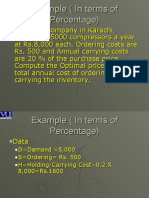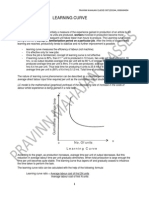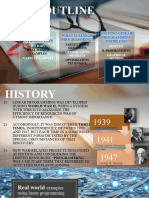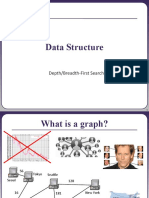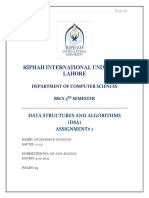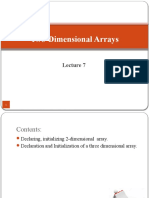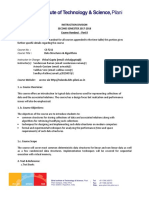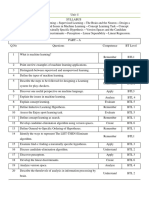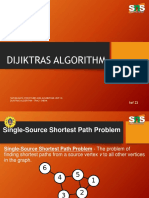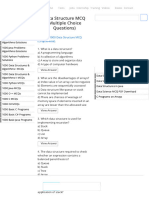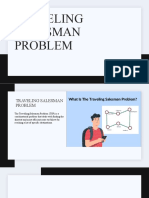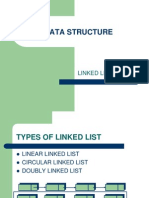100% found this document useful (1 vote)
98 views37 pagesBRAC Linear Programming
Linear programming is a mathematical modeling technique used to determine optimal levels of activity to achieve an objective subject to constraints. It involves:
1) Defining decision variables that represent levels of activities.
2) Specifying a linear objective function that reflects the goal of maximizing or minimizing something.
3) Identifying linear constraints on the decision variables that represent resource limitations.
4) Graphically or algebraically solving the linear programming problem to find values of the decision variables that optimize the objective function within the feasible region defined by the constraints.
Linear programming requires that all relationships in the model be linear, meaning they have constant returns to scale and costs. It is commonly used by businesses to maximize profits or
Uploaded by
Mohasena MowmiCopyright
© © All Rights Reserved
We take content rights seriously. If you suspect this is your content, claim it here.
Available Formats
Download as PPTX, PDF, TXT or read online on Scribd
100% found this document useful (1 vote)
98 views37 pagesBRAC Linear Programming
Linear programming is a mathematical modeling technique used to determine optimal levels of activity to achieve an objective subject to constraints. It involves:
1) Defining decision variables that represent levels of activities.
2) Specifying a linear objective function that reflects the goal of maximizing or minimizing something.
3) Identifying linear constraints on the decision variables that represent resource limitations.
4) Graphically or algebraically solving the linear programming problem to find values of the decision variables that optimize the objective function within the feasible region defined by the constraints.
Linear programming requires that all relationships in the model be linear, meaning they have constant returns to scale and costs. It is commonly used by businesses to maximize profits or
Uploaded by
Mohasena MowmiCopyright
© © All Rights Reserved
We take content rights seriously. If you suspect this is your content, claim it here.
Available Formats
Download as PPTX, PDF, TXT or read online on Scribd
/ 37
